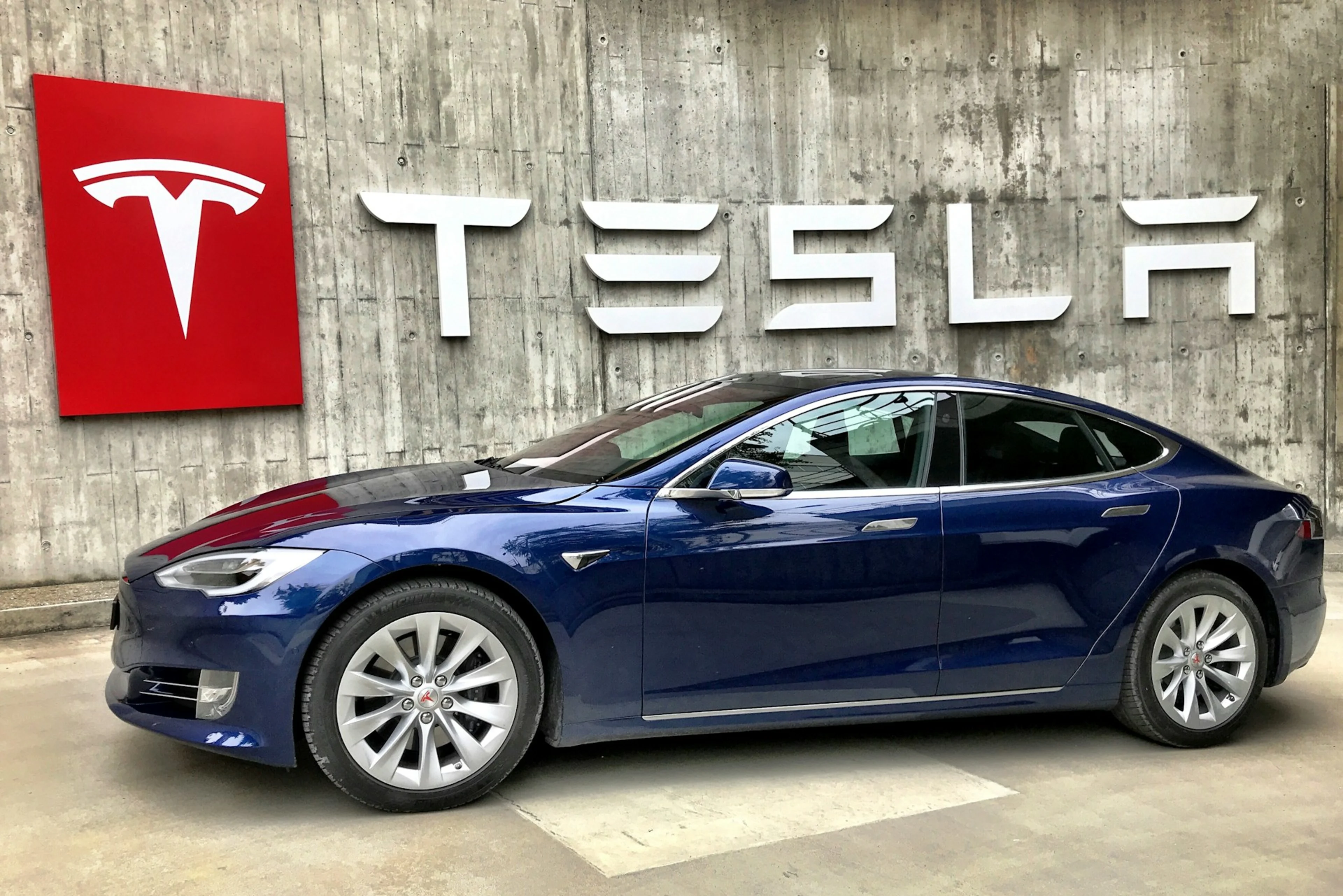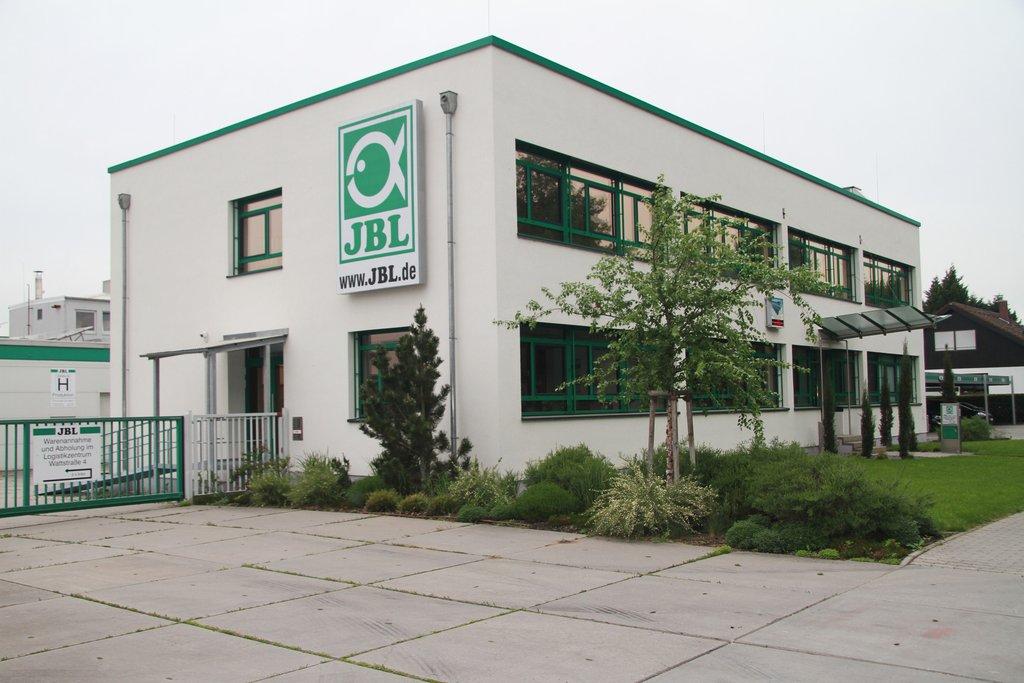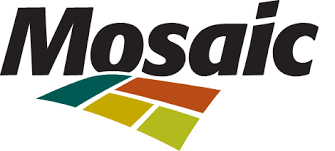
Is Tesla (TSLA) a strong investment for 2025-2026? We analyze risks, growth drivers & long-term potential. Read our expert breakdown!
Investment Analysis: Tesla (TSLA) – Q4 2024 Earnings Call
Tesla's Q4 2024 earnings call provided a deep dive into the company's trajectory, highlighting major advancements in vehicle deliveries, autonomy, and robotics. While the short-term outlook remains mixed due to macroeconomic uncertainties and competitive pressures, the long-term vision remains highly ambitious, focusing on autonomous driving and AI-driven robotics.
1. Short-Term Investment Outlook (2025-2026)
Challenges & Risks
🔴 Regulatory & Geopolitical Uncertainty
- Tesla is navigating potential tariff risks and regulatory hurdles in key markets like China and the EU. Elon Musk emphasized the bureaucratic challenges in Europe, particularly around Full Self-Driving (FSD) approvals.
- U.S.-China tensions may impact Tesla’s ability to train AI models for FSD, as China restricts data transfer outside its borders.
🔴 Financial Risks (Capex, Profitability, Debt)
- Q4 saw lower ASPs (average selling prices) due to price cuts and financing incentives, impacting automotive margins.
- Tesla is undergoing significant capital expenditures in AI infrastructure, humanoid robots (Optimus), and new vehicle production.
- Factory retooling for the updated Model Y will result in weeks of lost production in early 2025, leading to a temporary margin hit.
🔴 Market Competition & Industry Trends
- Increased EV competition in China, particularly from BYD and other domestic players, puts pressure on Tesla’s market share.
- Legacy automakers are ramping up their own EV and autonomy efforts, potentially eroding Tesla’s first-mover advantage.
Positives
🟢 Growth Drivers (New Products, Expanding Markets, Strategic Moves)
- Launch of a more affordable EV model in early 2025, expected to drive volume growth.
- Expansion of energy storage deployments, particularly with Megapack and Powerwall, creating new revenue streams.
- FSD Version 14 & unsupervised autonomy rollout in Austin (June 2025) could accelerate Tesla's AI monetization strategy.
🟢 Strong Financial Position (Cash Reserves, Buybacks, Dividends)
- $3.6 billion in free cash flow in 2024, despite heavy capex investments.
- Tesla remains debt-light relative to competitors, providing financial flexibility.
🟢 Operational Improvements (Efficiency, Cost Cutting, AI Integration, etc.)
- Vehicle cost per unit decreased to under $35,000, reflecting improvements in material costs and manufacturing efficiency.
- Tesla is investing heavily in AI training infrastructure, which is expected to accelerate FSD development and Optimus robot deployment.
Verdict on Short-Term Investment
⚠️ Mixed Outlook: Short-term headwinds from regulatory delays, price cuts, and factory retooling present challenges. However, FSD and new product launches could provide upside catalysts.
- Recommendation: Hold / Speculative Buy for investors with a higher risk tolerance.
2. Long-Term Investment Outlook (2027 and Beyond)
Growth Drivers
🟢 Major Industry Tailwinds (AI, Cloud, Market Expansion, etc.)
- Tesla is positioning itself as an AI-driven company, with its Cortex training cluster and real-world AI developments.
- The global push toward electrification and autonomy will likely favor Tesla as a leader in both domains.
🟢 Core Business Strengths & Market Position
- Model Y was the best-selling vehicle in 2024 (all categories, not just EVs), reinforcing Tesla’s brand dominance.
- FSD monetization via robotaxi services could unlock a massive recurring revenue stream.
- Optimus humanoid robot has the potential to disrupt labor markets, with Tesla aiming for mass production by 2026-2027.
🟢 International Expansion & Diversification
- Tesla’s Megapack factory in Shanghai and continued expansion in the U.S. and Europe bolster its energy business.
- Potential for licensing FSD to other automakers remains a significant revenue opportunity.
Long-Term Risks
🔴 Competitive Landscape & Disruptors
- While Tesla leads in real-world AI, competitors (Waymo, Apple, legacy automakers) may develop alternative autonomous solutions.
- The entry of Chinese EV makers into global markets could erode Tesla’s pricing power.
🔴 Macroeconomic & Policy Risks
- Changes in U.S. and global EV subsidies could impact demand.
- Rising interest rates may continue to pressure consumer financing for Tesla vehicles.
Verdict on Long-Term Investment
✅ Strong Buy (3-5+ Year Horizon): Tesla’s AI-driven future, expansion in energy storage, and robotaxi potential create a compelling long-term investment case. However, execution risks remain.
Final Investment Recommendation
📌 Short-Term (2025-2026): ⚠️ Hold / Speculative Buy (Execution risks, regulatory delays, and pricing pressures present challenges, but FSD progress and energy growth are positives.) 📌 Long-Term (2027+): ✅ Strong Buy (Tesla’s AI, autonomy, and robotics roadmap position it for significant future upside.)
Disclaimer:
This analysis is for educational purposes only and does not constitute investment advice. Investors should conduct their own due diligence before making any investment decisions.
Disclaimer:
The information provided in this article is for educational purposes only and should not be construed as investment advice. estima...
Author
Shaik K is an expert in financial markets, a seasoned trader, and investor with over two decades of experience. As the CEO of a leading fintech company, he has a proven track record in financial products research and developing technology-driven solutions. His extensive knowledge of market dynamics and innovative strategies positions him at the forefront of the fintech industry, driving growth and innovation in financial services.


